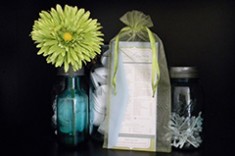Microdermabrasion is a great alternative to laser or chemical peels. It is a non-invasive, pain-free and non-surgical treatment. Unlike chemical peels this treatment can be performed year round. It is a resurfacing technique that is safe and effective in improving the appearance of aged skin, wrinkles, skin texture and color by removing the dead topmost layer of skin, leaving it softer, smoother and more vibrant. It also stimulates the elastic tissue beneath the surface of the skin. This results in a healthier and firmer appearance over time.
After years of experience using various different microdermabrasion machines, our preference at Aroma Essence Skincare is the crystal-free diamond head wand, most describe that it feels like a cats tongue as the wand glides across the surface of your skin. The diamond head gently removes the dead layer while the suction lifts the skin, removes the debris and allows for a clear view so that the esthetician can work deeper when needed. Our microdermabrasion is not painful but relaxing, a calming mask follows each treatment and an option to add a cool oxygen mist to restore the skin with vitamins and moisture is recommended.
The length of the treatment and number of sessions vary depending on skin type and condition. I recommend you meet with an esthetician before scheduling a microdermabrasion series. A facial is a great way to prepare your face for the treatments; plus it gives you a chance to learn more about the procedure and what to expect.
Written by Julianne Bacialli, Licensed Esthetician, Owner Aroma Essence Skincare.


